Generating heat from ice, is that really possible? Sternenberger Hof is proving that it is: the climate-friendly complex in the Porz district of Cologne uses an underground ice storage system for its heat.
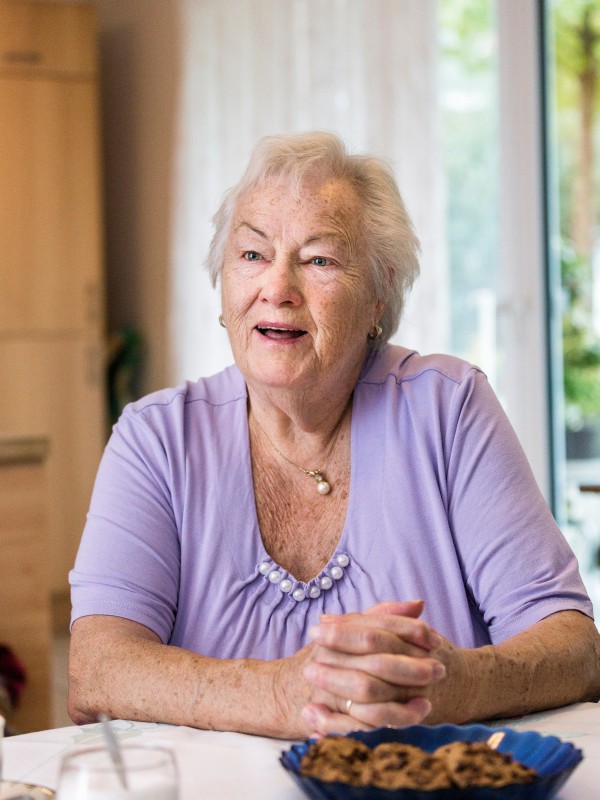
A HAPPY CUSTOMER
Anneliese Pulter feels nice and warm in her flat – thanks to the ice heating system.
Anneliese Pulter thinks about how happy she is in her flat every day: the 81-year-old Cologne resident inhabits a cosy 65 square metres. She has lovely bright rooms, a large living room with an open-plan kitchen, and a terrace that looks over the peaceful inner courtyard. Ms Pulter lives in a complex of four buildings in a large park area, just 500 metres from the right bank of the Rhine. However, the best thing about Ms Pulter's flat in the Porz neighbourhood is her heating bill. She doesn't have to pay any fuel costs, just for the power required by the heat pump.
Anneliese Pulter, with her short white curls and friendly eyes, lives in Sternenberger Hof. Built by Vivawest Wohnen GmbH, the climate-friendly complex has 112 flats and has an underground ice storage system that heats the flats. "What exactly is an ice store?" wondered Ms Pulter when she became one of the first tenants to move into Sternenberger Hof in 2013. "Heat from ice – how is that even supposed to work?"
As a matter of fact, it works really well, it's ground-breaking in environmental terms and, above all, it doesn't cost much because the ice storage system uses three natural energy sources that are available for free: sunlight, air and geothermal energy.
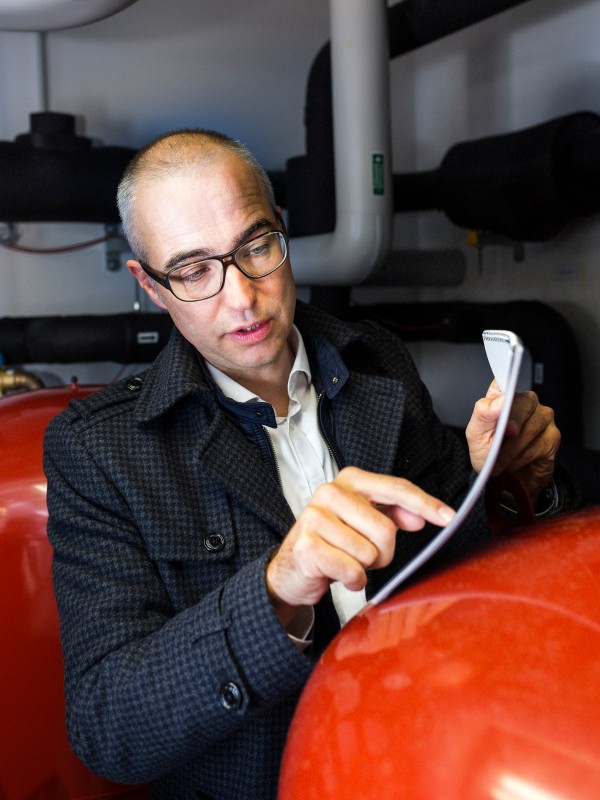
Nice and warm
Carsten Jasper describes the new heating system in the basement.
The ice is not actually used for heating; it simply stores the thermal energy that is collected on the roof and from the surrounding earth. An ice storage system uses the thermal energy released when water freezes to become ice, and stores the heat from a solar air collector. This heat then causes the ice to melt again. In an ice storage heating system, water changes state constantly – freezing then melting and vice versa. It's similar to a rechargeable battery.
The basic principle is old: an American researcher first registered a patent for it back in the 1930s. But the huge potential of this principle was not truly recognised until recently by German engineer Alexander von Rohr. He developed the first heat exchangers and heat pump systems to use the principle of an ice store as the core element in a new heating system for homes. In 2007, he was granted a Europe-wide patent for his ice heating systems.
He then sold his company Isocal to the Hessen-based Viessmann Group in 2012. What began as an ice storage heating system intended primarily for larger customers such as hotels is now becoming increasingly popular for blocks of flats and single-occupancy buildings. Since the Isocal acquisition, Mr Viessmann has sold 120 ice storage systems to office buildings and other large units – as well as more than 1000 systems to single and double-occupancy homes. "We also expect to increase our share of the market for new buildings and the refurbishment of existing buildings over the next few years," predicts Wolfgang Rogatty, spokesman for Viessmann.
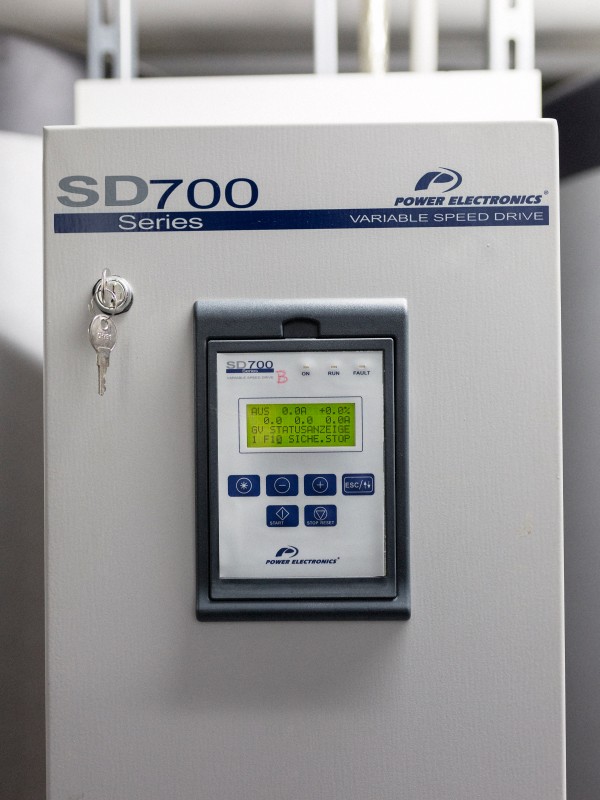
Hot–cold
The device controls whether the system heats or cools.
In summer, the principle can be reversed. The heat pump is equipped with integrated hydraulic components for a cooling function. When this function is activated via the energy source management system in the boiler room, the function in the heat pump is reversed: It sucks heat out of the rooms, feeds it into the ice store and cools the building – experts refer to this as natural cooling. At this point in time, the ice storage system is the only energy supply system that can both heat and cool. "A bonus," says tenant Anneliese Pulter. "In the summer, my flat is nice and cool on hot days!"
Reducing CO₂ emissions
When it first began planning the climate-friendly complex, Vivawest initially considered using heat from ground water. However, they discovered that it was difficult to obtain the relevant approval from the water authorities – which is how they came across the ice store system.
"The biggest advantage of this new technology is its economic efficiency," explains Carsten Jasper, head of the property development department at Vivawest. "The heat pump in the ice store system requires just a fraction of the energy devoured by a conventional heating system, regardless of whether this uses pellets, natural gas, oil or coal," says Mr Jasper.
Unlike a pellet heating system, for instance, ice store systems generate much lower energy costs during operation as the outside heat is basically a free source of warmth. "The ice store system does not burn anything, which means we prevent the production of any harmful CO₂ emissions on the site," says Mr Jasper. At the same time, ice stores also produce an enormous amount of energy: The process for transitioning from a liquid into a solid releases almost the same amount of energy needed to heat water from 0° to 80° – the abundance of energy created by ice stores is incredible!
"When compared to similar buildings, the climate-friendly complex saves around 50% in terms of CO₂ emissions," explains Mr Jasper. It's therefore no surprise to learn that Sternenberger Hof is seen as a pioneer for sustainable property, a field where ice storage solutions are really heating up.
The positive figures mean that living in Sternenberger Hof is twice as nice, says Anneliese Pulter: "The ice store is really great for the environment. And on top of that you've got the peace and quiet, and the proximity to the Rhine. I have felt at home here from the very first day I moved into the complex – I hope to enjoy it for many more years to come!"
Read more below: The principle of ice storage heating
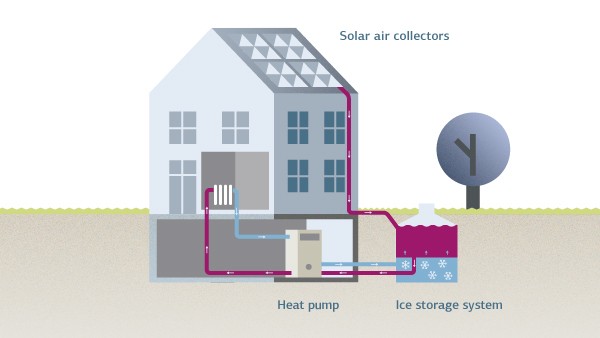
The principle of ice storage heating
Ice storage heating is comprised of three important components: a water cistern in the ground, solar air collectors on the roof of the building and a heat pump in the boiler room. The water cistern is placed at a depth of around four metres in the ground. A 1200-m³ cistern is buried under a lawn between two buildings on the premises of the Sternenberger Hof. The heat pump extracts heat from the cistern water. In this case, the pump works like a refrigerator in reverse. A heat exchanger transfers the energy to the heating water. The water in the cistern gets colder and colder until it freezes – which is why it is called ice storage. An enormous amount of crystallization energy is released when the cistern water transitions from liquid to solid. The solar air collectors on the roof of the building absorb enough solar heat, even in winter, to regenerate the ice storage and heat the water again. This way, the ice in the storage melts over and over again and it is recharged with energy.
Published on KfW Stories: Tuesday, 21 March 2017
The described project contributes to the following United Nationsʼ Sustainable Development Goals
Goal 7: Ensure access to affordable, reliable, sustainable and modern energy
Close to 80 per cent of the energy produced worldwide still comes from fossil fuel sources. Burning fossil fuels also generates costs for the health system due to air pollution and costs for climate-related damages that harm the general public, not just those burning the fuel.

All United Nations member states adopted the 2030 Agenda in 2015. At its heart is a list of 17 goals for sustainable development, known as the Sustainable Development Goals (SDGs). Our world should become a place where people are able to live in peace with each other in ways that are ecologically compatible, socially just, and economically effective.

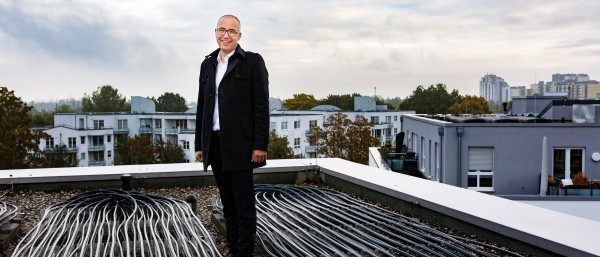

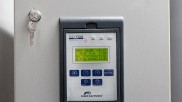
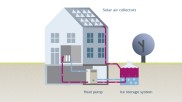
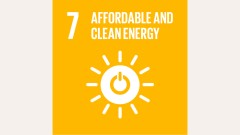
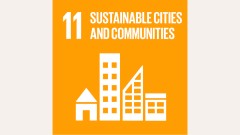


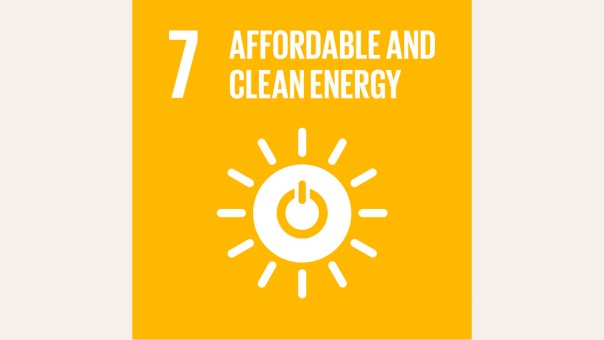
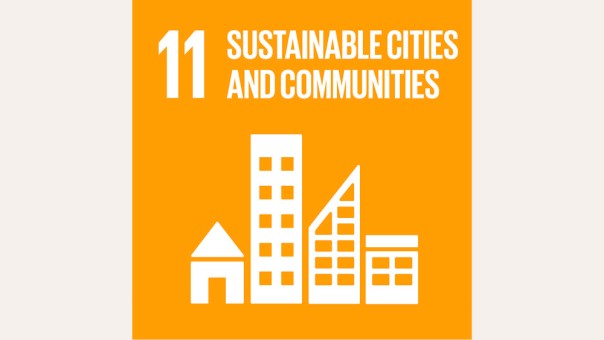
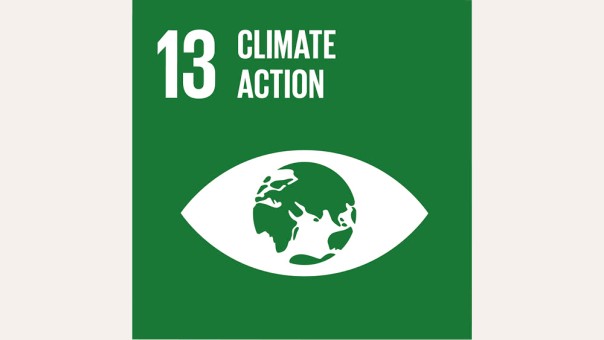

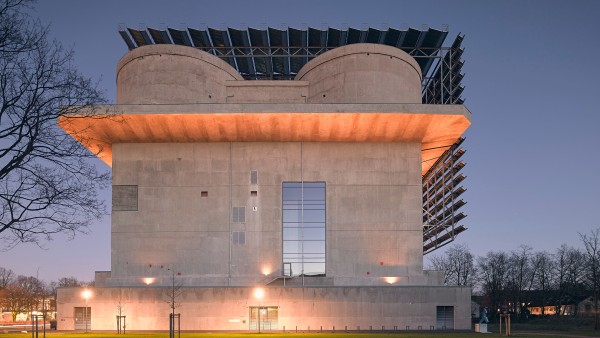
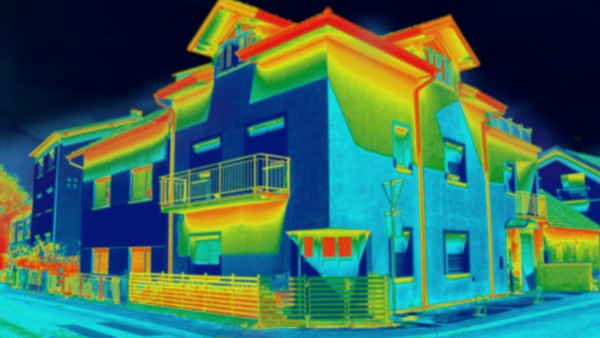

Data protection principles
If you click on one of the following icons, your data will be sent to the corresponding social network.
Privacy information